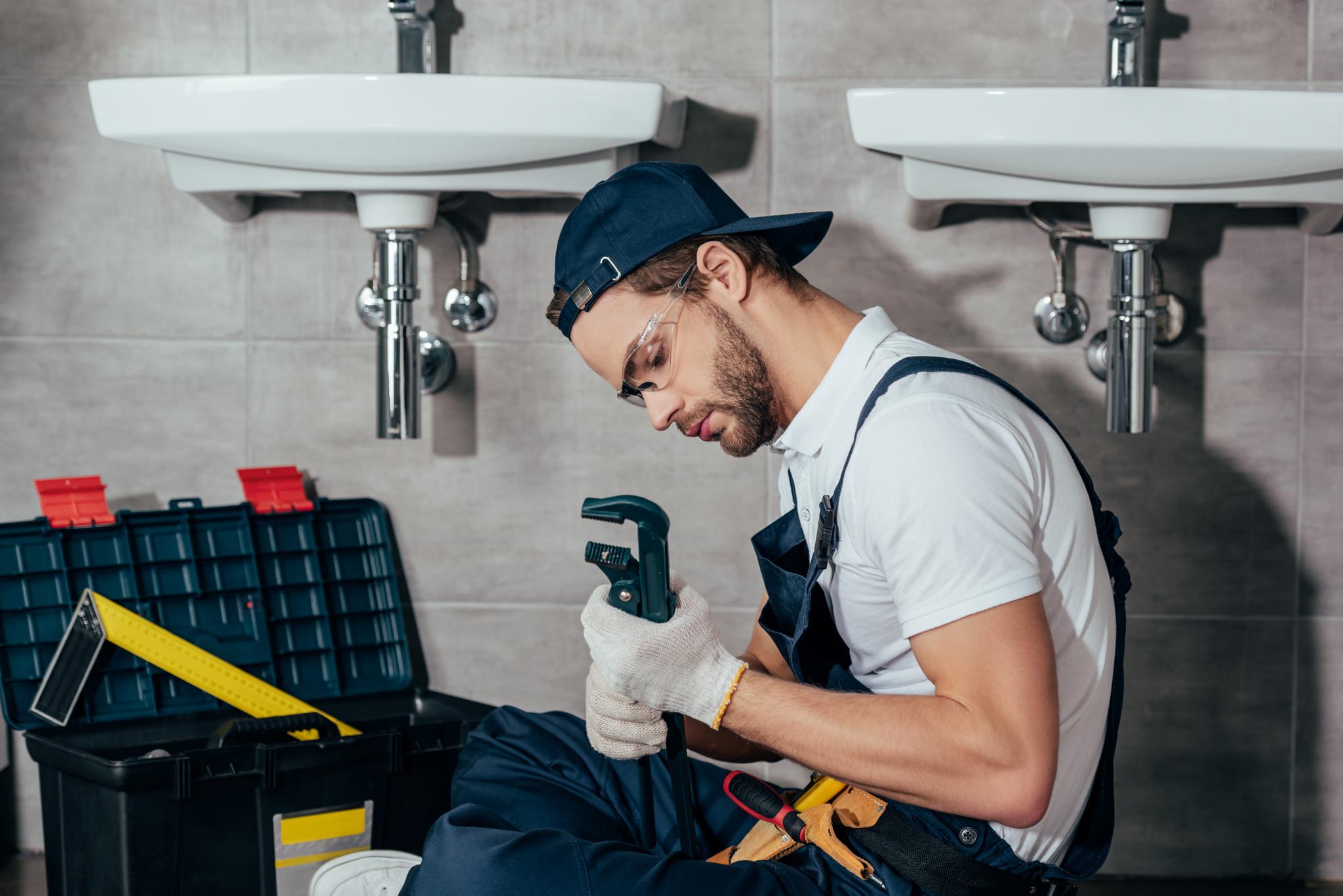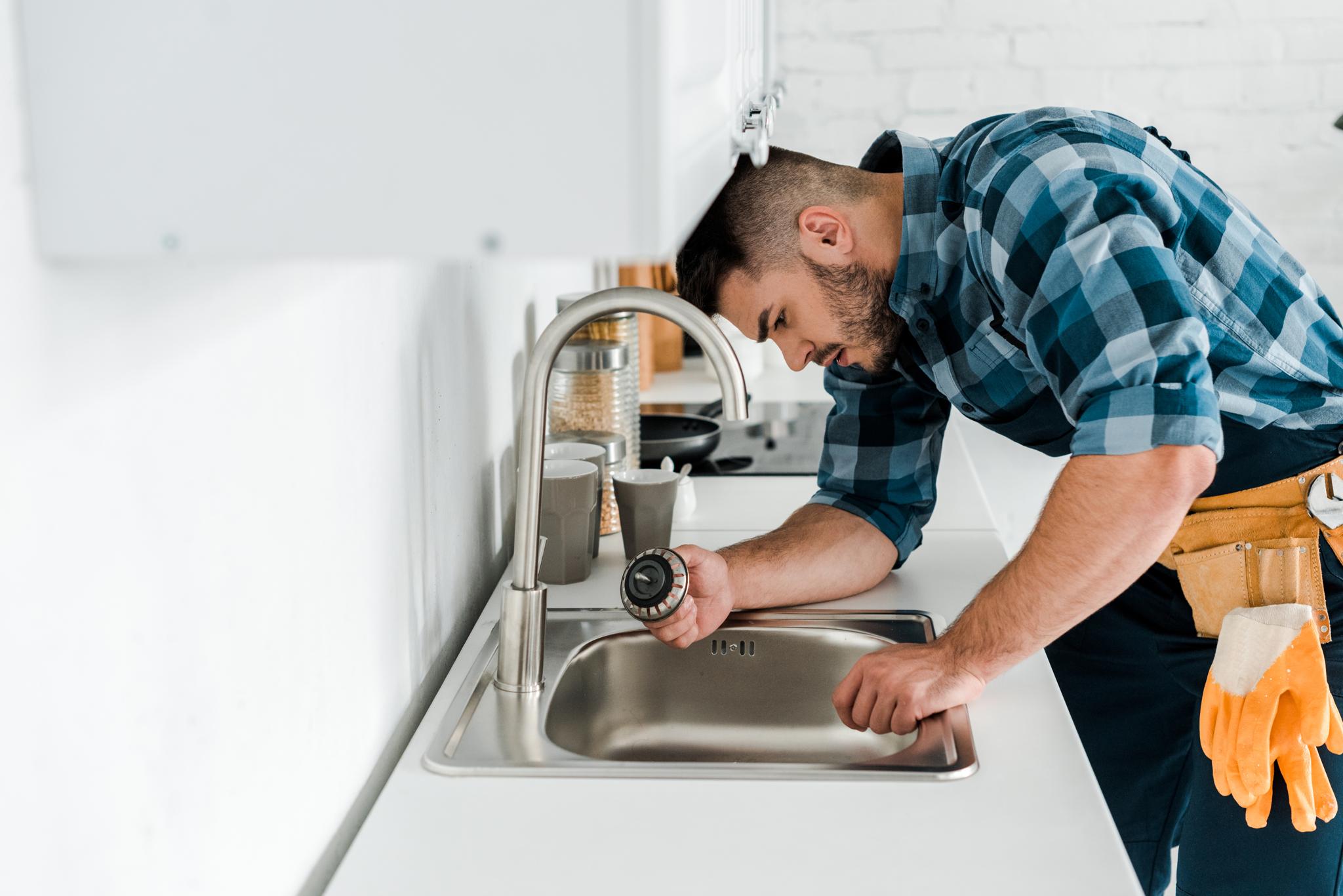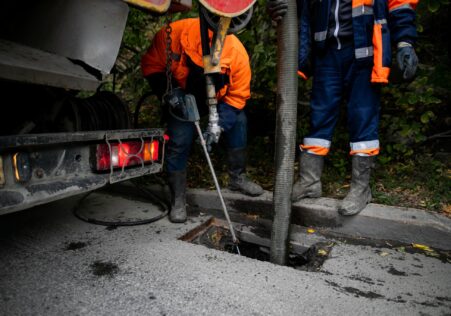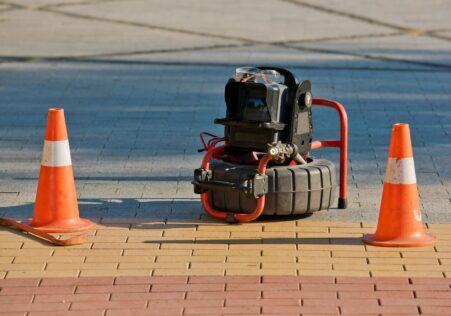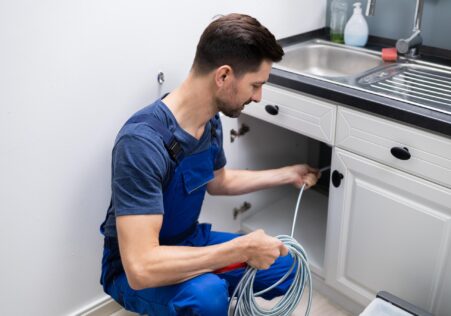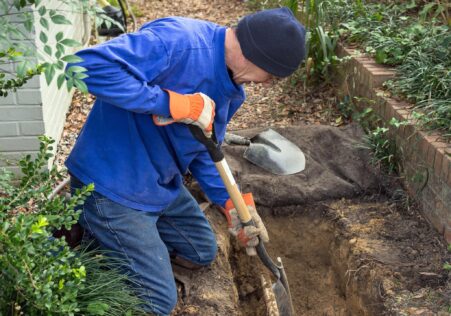What to Do When Your Toilet is Blocked: A Step-by-Step Guide

Toilet blockages can happen at any time and are a common problem for households. It can be unpleasant, messy, and inconvenient, and require immediate attention. However, you do not always have to call an plumber right away. In this blog post we’ll guide you through some simple steps to clear your toilet in no time.
Key Takeaways
- Toilet blockages can be cured with the use of simple tools like a plunger baking soda
The tools you’ll need
Before we get started, it’s essential to be prepared with these tools:
- Rubber Gloves
- Plunger
- Baking Soda and Vinegar (Optional)
- The Hanger for Wire Coats or the plumbing Snake (Optional)
Step 1: Switch off your water source valve.
The first step you must do when you encounter a blocked toilet is to shut off the valve for water flow on the toilet. This step ensures that no water can enter the tank as you work on unclogging it. The valve usually is situated near the bottom of the tank on one side.
Step 2: Protect yourself with rubber gloves.
Your hands must be protected from any germs or bacteria that may be present in your toilet with rubber gloves before making use of any tools to unblock the drain.
Step 3: Use a plunger.
A plunger is the most efficient tool for clearing toilets of blockages. First, push down gently on the plunger until all air escapes from it, then press it hard over the hole in your toilet and begin to plunge quickly up and down for around 20 seconds. The suction that is created when you plunge back and forth can help clear any obstructions.
Tips:
- Be sure to use a powerful but controlled movement.
- Cover holes around sinks or shower drains if close enough to prevent the air from escaping when you plunge.
Step 4: Try baking soda with vinegar.
If you’re not able to get the plunge working, try this next tactic to pour half a mug of baking soda and 1 cups of white vinegar to the toilet. Allow the mixture to settle for around 15 minutes. It will fizz a bit but when it ceases to fizz it will be poured down with hot water (not at a boil) to eliminate the blockage.
Step 5 Utilize an iron coat hanger made of wire or a plumbing snake.
If both plunging and baking soda/vinegar methods have failed the problem, it’s the right time to utilize a wire coat hanger or plumbing snake. Make sure you straighten your coat hanger’s wire until have a thick, thin wire that has hooks that are bent at one end, or you can use to use the plumbing snake. It was designed specifically for clearing drain obstructions. Insert the tool into the drain hole on your toilet, and then twist to turn, push, and pull till you experience a resistance. this is where the blockage typically is. Try to break up any obstructions using a back-and-forth movement without causing damages in your pipe.
Note:
- Be careful not to push or pull actions as they could cause more harm.
Step 6: Restart the water supply and test the result.
Once you’ve removed any obstructions, it’s vital to turn on the valve for water flow on your toilet bowl once more. After that, flush it a few times to make sure that everything flows freely now!
| Tools | Description |
|---|---|
| Rubber Gloves | Hand protection from potential bacteria or germs present in the toilet bowl. |
| Plunger | Most effective tool for clearing up blocked toilets. Press firmly over the hole in your toilet bowl and plunge vigorously up and down for about 20 seconds. |
| Baking Soda and Vinegar | Mixture to use if plunging doesn’t work. Pour half a cup of baking soda and one cup of vinegar into the toilet bowl. Let this mixture settle for about 15 minutes, then pour hot water down (not boiling) to flush out the blockage. |
| Wire Coat Hanger or Plumbing Snake | Tools to use if both plunging and baking soda/vinegar methods have failed. Straighten the wire coat hanger until you have a long thin wire with a hook bent at one end or use the plumbing snake, which is designed specifically for clearing drain clogs. |
Common Questions and Answers
How can I tell when my toilet has become blocked?
A common indications of a toilet that is blocked is when water levels rise to the top of the bowl after flushing. There is a possibility that water drains away in a slow manner, or hear gurgling sounds coming directly from your toilet.
What can I do if my toilet is blocked?
If you suspect that the toilet is clogged be sure to avoid flushing it once more as this could result in flooding. Instead, shut off the water supply at the valve on the side of the toilet. Then employ a plunger to try to clear any obstructions. If that doesn’t work then call Sydney Plumber Blocked Drains for professional help.
Can I prevent my toilet from getting blocked?
Yes! There are several actions you can take to keep your toilet from being blocked. This includes avoiding the flushing of non-degradable things like the sanitary products, wet wipes or cotton wool down the toilet. It is also important to avoid using oil or grease in the sink which can solidify and cause blockages to pipes.
What is the best time to call an experienced plumber to fix a toilet that has become blocked?
If you’ve tried splurging your toilet, but it does not unblock, or you suspect there’s a bigger issue with your plumbing system that’s causing frequent blockages, you need to contact a professional plumber like Sydney Plumber Blocked Drains . We’ve had years of experience in dealing with every kind of plumbing issue and can quickly diagnose and fix any issues with minimal disturbance to the home.
What is the best frequency to get my drains cleared?
It is recommended that you get your drains cleaned by experts like Sydney Plumber Blocked Drains every 1-2 years. This will reduce the chance of blockages and keep your plumbing system functioning smoothly. However, if you frequently encounter blockages in your drains or slow draining water, despite trying to avoid clogging the drains, then annual cleaning is beneficial.
These methods are relatively easy to carry out, and most of these items are readily available in households. When facing blocked toilets before being anxious after attempting the methods mentioned above – contact Sydney Plumber Blocked Drains ‘s expert plumbers located in Sydney , if you’re looking for professional assistance with those blocked toilets.
Additional Information
- Why CCTV Drain Inspections Should Be Part of Your Regular Maintenance Routine
- The Advantage of CCTV Drain Inspection in Detecting Root Infiltration Early
- Understanding CCTV Drain Inspection and the Benefits for Your Home
- Save Money and Time with Preventative Drain Care Practices
- Save Future Expenses with CCTV Drain Inspection for Home Buyers
- The Ultimate Guide to Unclogging Your Drain Without Professional Help
- 5 Tips to Keep Your Drains Flowing
- CCTV Drain Inspection Technology: Detecting Corrosion in Sewer Pipes
- How to Tell You Need Drain Clearing Services for Your Business
- Cut Costs and Hassle with Trenchless Pipe Replacement for Condos


